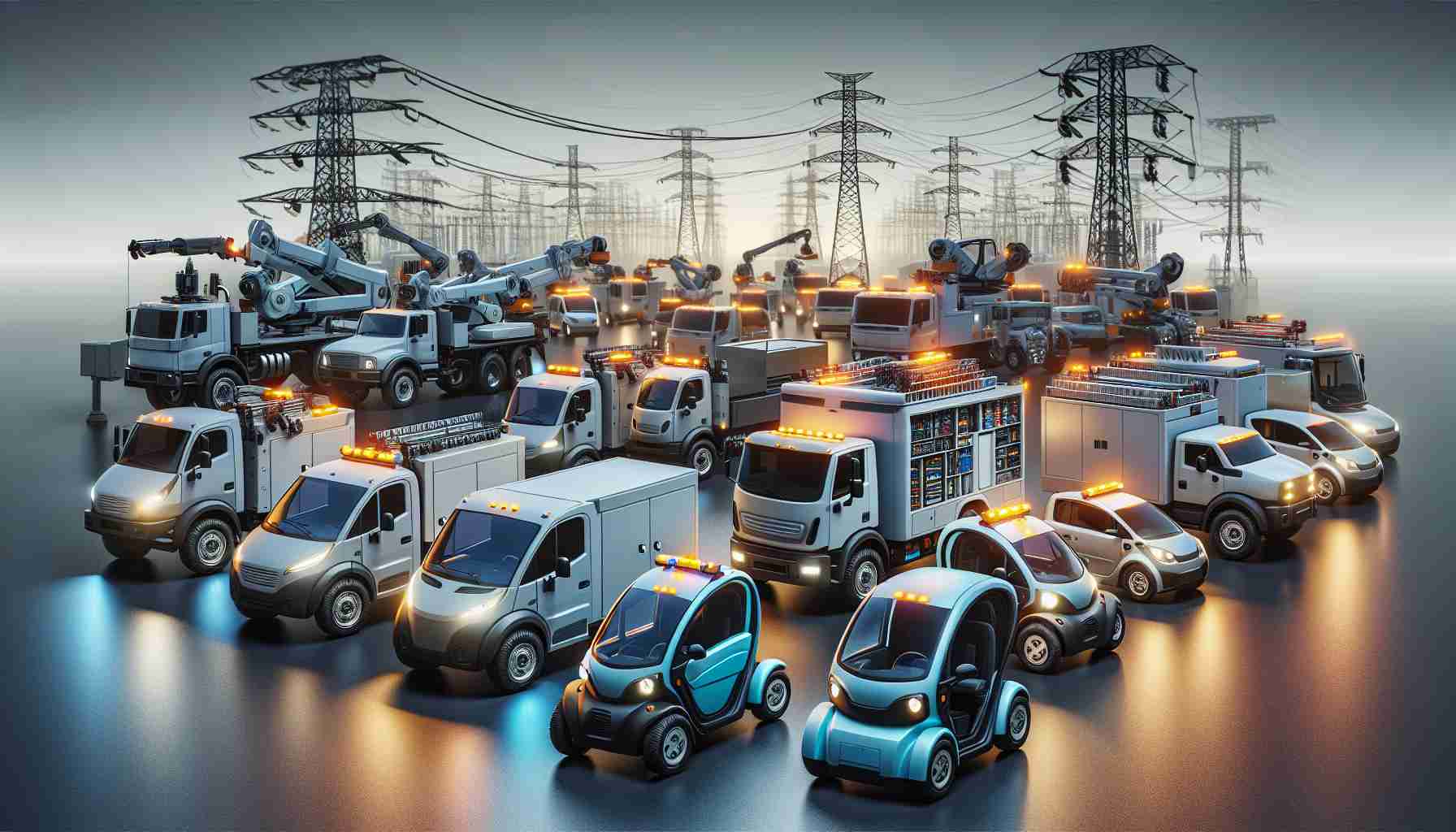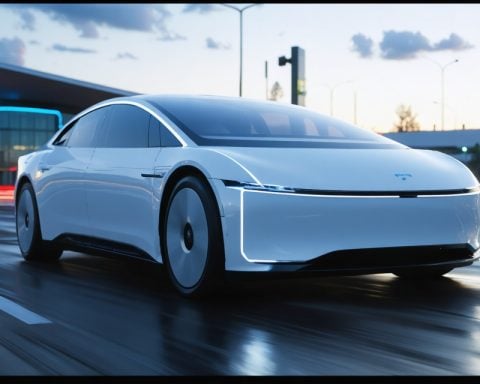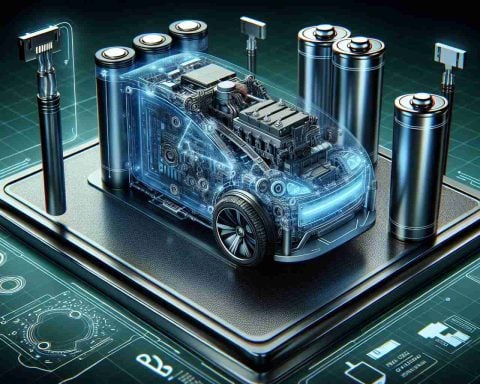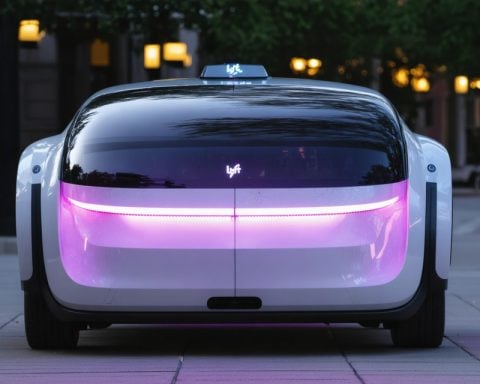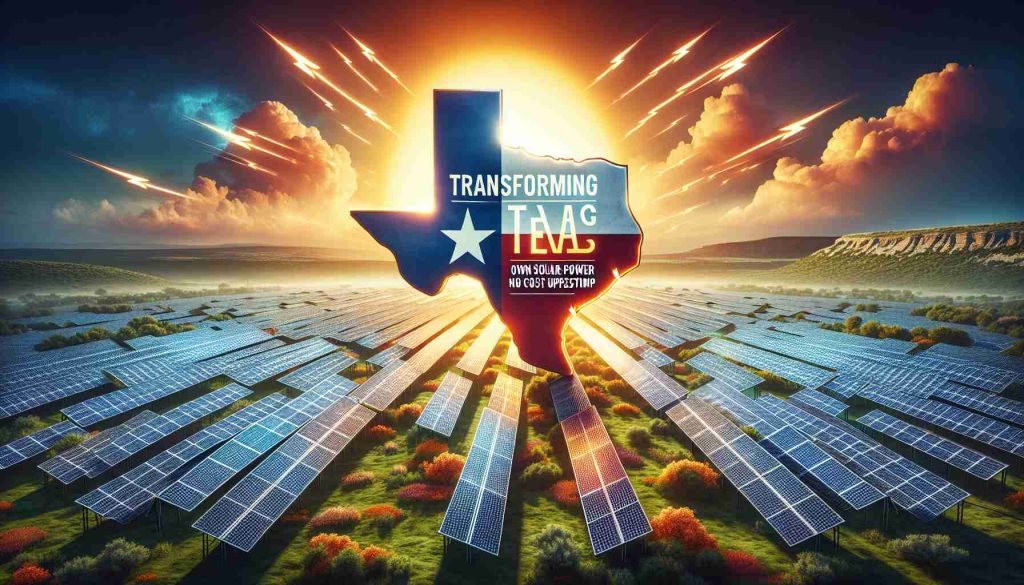Revolutionizing the Electric Utility Vehicle Market
VivoPower International, listed on Nasdaq under the ticker VVPR, is making significant strides in the electric utility vehicle sector. Their subsidiary, Tembo e-LV, is set to receive a fleet of 25 electric Tusker utility vehicles in Sydney, Australia, by February 2025.
These next-generation vehicles are equipped with an array of advanced features that enhance both performance and convenience. Notable installations include an electronic park brake, uphill drive assistance, a steady-speed cruise control system, and a state-of-the-art 12.3-inch center console display.
In a notable achievement, the Tusker vehicles gained full vehicle type approval from the Australian Federal Government in November 2024. This certification is crucial as it assures compliance with essential safety, environmental, and anti-theft regulations for operating on public roads. Each vehicle includes a robust warranty package comprising a three-year OEM warranty and an impressive eight-year battery warranty from CATL.
The excitement surrounding this delivery is underscored by strong customer demand, leading to all units being pre-allocated. Furthermore, Tembo assists fleet owners in navigating government incentives, which can offer up to A$15,000 per vehicle in New South Wales.
As the Australasian pickup truck market, valued at an estimated US$10 billion, continues to grow, the introduction of these electric vehicles marks a transformative step forward.
Wider Implications of the Electric Utility Vehicle Market
The rise of electric utility vehicles, exemplified by companies like VivoPower International, is reshaping not just the transportation sector but also broader societal and economic frameworks. The integration of advanced electric utility vehicles into public service fleets can significantly reduce greenhouse gas emissions, contributing to a more sustainable urban environment. This shift is critical as cities around the world strive to meet stringent climate goals amid increasing pressures from climate change.
Moreover, the growth of the electric utility vehicle market signals a broader cultural transition towards sustainability. Consumers are increasingly aware of their carbon footprints, driving demand for eco-friendly alternatives. This cultural change is not limited to personal vehicles but is now permeating commercial fleets, leading to a major reevaluation of transportation paradigms across industries.
Economically, the burgeoning demand for electric utility vehicles presents opportunities for job creation in manufacturing, maintenance, and charging infrastructure sectors. As companies invest in these technologies, educated workers in engineering, manufacturing technology, and environmental sciences will find prosperous careers in this emerging industry.
In the long term, the electric utility vehicle market is poised to influence global energy trends, necessitating a shift towards renewable energy sources for charging infrastructure. This shift could accelerate advancements in energy storage and grid management technologies, all while fostering a more sustainable economy. As such, the implications of this revolution extend far beyond the vehicles themselves, hinting at a future where sustainability is central to economic growth and social responsibility.
Transforming Utility Fleets: The Future Is Electric!
Revolutionizing the Electric Utility Vehicle Market
VivoPower International, trading under the ticker VVPR on Nasdaq, is spearheading innovation in the electric utility vehicle (EUV) market with its subsidiary, Tembo e-LV. Their upcoming delivery of 25 electric Tusker utility vehicles in Sydney, Australia, scheduled for February 2025, represents a significant leap in environmentally-friendly transportation solutions for utility operations.
Key Upcoming Features and Innovations
The electric Tusker fleet is designed to cater to the demands of modern utility work. Some of the key features include:
– Electronic Park Brake: Enhances safety during parking operations.
– Uphill Drive Assistance: Facilitates ease of maneuverability in rugged terrains.
– Steady-Speed Cruise Control System: Improves energy efficiency during long drives.
– 12.3-Inch Center Console Display: Offers advanced user interfacing and real-time data display.
These features not only boost vehicle performance but also enhance the overall user experience, making electric utility vehicles a viable option for everyday applications in various industries.
Regulatory Approvals and Consumer Confidence
The Tusker vehicles have received full vehicle type approval from the Australian Federal Government, achieved in November 2024. This approval certifies that the vehicles comply with crucial safety, environmental, and anti-theft regulations, thus ensuring that fleet operators can trust the vehicles on public roads without compliance concerns.
Warranty and Customer Assurance: Each vehicle is backed by a comprehensive warranty, featuring a three-year OEM warranty alongside an impressive eight-year battery warranty from CATL, providing additional peace of mind for utility fleet operators.
Economic Insights: Customer Demand and Incentives
The demand for electric utility vehicles is soaring, leading to the pre-allocation of all units from this upcoming fleet delivery. Tembo e-LV is not only providing vehicles but is also assisting fleet owners in maximizing potential savings through government incentives. In New South Wales, eligible fleet owners can benefit from incentives of up to A$15,000 per vehicle, making the transition to electric vehicles more financially feasible.
Market Trends: The Rise of Electric Vehicles
The Australasian pickup truck market is valued at approximately US$10 billion, indicating a significant potential for growth within the electric vehicle sector. With increasing awareness of sustainability and a shift towards greener energy solutions, electric utility vehicles like the Tusker are positioned to lead this transformative wave in fleet management.
Pros and Cons of Electric Utility Vehicles
Pros:
– Lower operational costs due to reduced fuel needs.
– Compliance with stringent environmental regulations.
– Potential for government incentives to offset purchase costs.
Cons:
– Initial higher purchase price compared to conventional vehicles.
– Limited charging infrastructure in some regions.
– Concerns regarding battery life and range under heavy use.
Conclusion
With advancements in technology and a strong commitment to sustainability, VivoPower and Tembo e-LV are at the forefront of the electric utility vehicle revolution. As fleet owners increasingly recognize the benefits of transitioning to electric vehicles—supported by strong market demand and favorable government incentives—the industry stands on the cusp of a significant transformation that promises not only economic efficiencies but environmental benefits as well.
To learn more about how electric utility vehicles are reshaping industries, visit VivoPower International.
